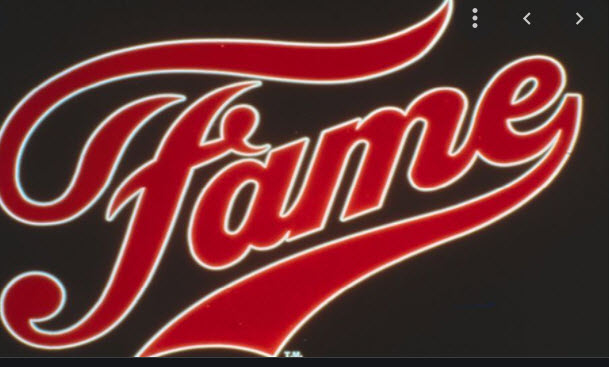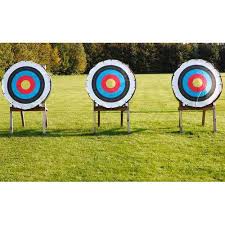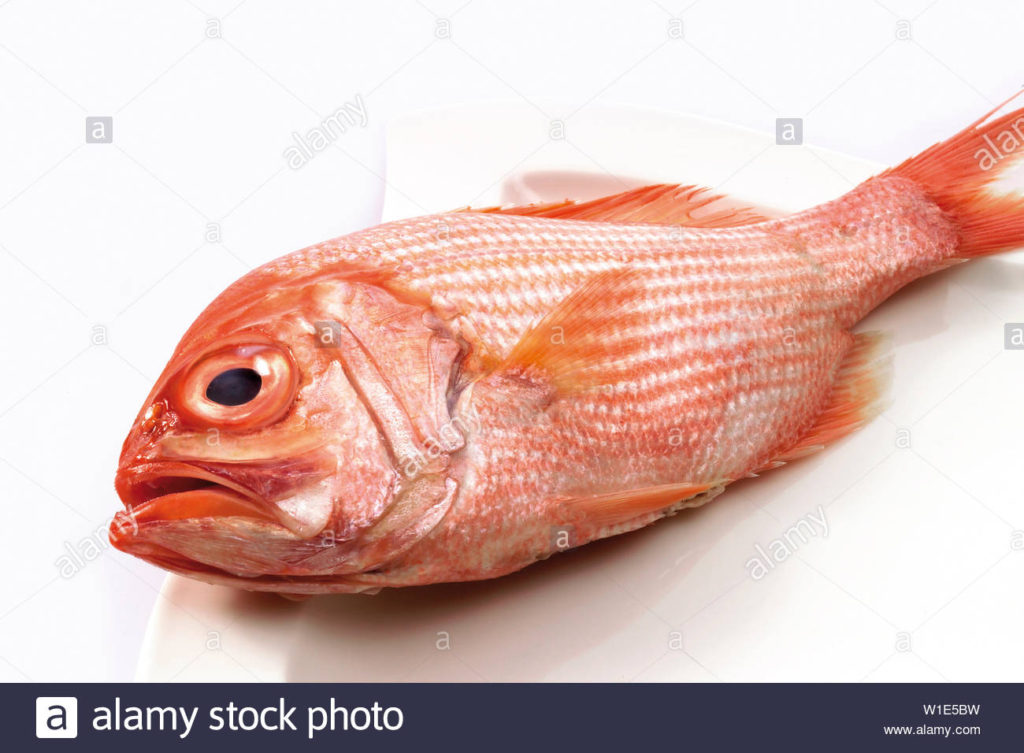Dynamic Strategy?
I like EP and Co and strategy lead Chris Plating, though I never would have changed the original agency name Erwin Penland to EP. (Stay on track Steve.) Everybody in the ad business is looking for an edge and to that end EP and Co. just launched a new research modality called EPiQ.
I read the introductory LinkedIn post a couple of times and am not exactly sure what it is. Marko-babble is a bear. It may be some sort of online panel that works as concept testing and creative testing. And it seems to throw off consumer insights, either through AI or manual data nerds. Nothing wrong with that. And the name is okay.
Where I get rubbed though is when I see explanations like this, from new hire Sheniqua Little, who comes to EP with serious chops: “Compelling research results fuel dynamic strategy and creative.”
The words dynamic strategy, in the context of brands, is an oxymoron. Brand strategy should not change with the wind. Even if consumers are driving that wind. Brand strategy is built upon what consumers want most and what brands deliver best. (In What’s The Idea? parlance, those are care-abouts and good-ats.)
This tool seems to suggest strategy can change in almost realtime — as long as its consumer derived. I love consumers trust me. But the Yin and the Yang of branding is a balance. Changing your strategy based on consumer Galvin Skin Response is a mistake. Lock down your brand strategy then use EPiQ to test communications effectiveness of tactics. But not the strategy.
Thoughts?
Peace.









